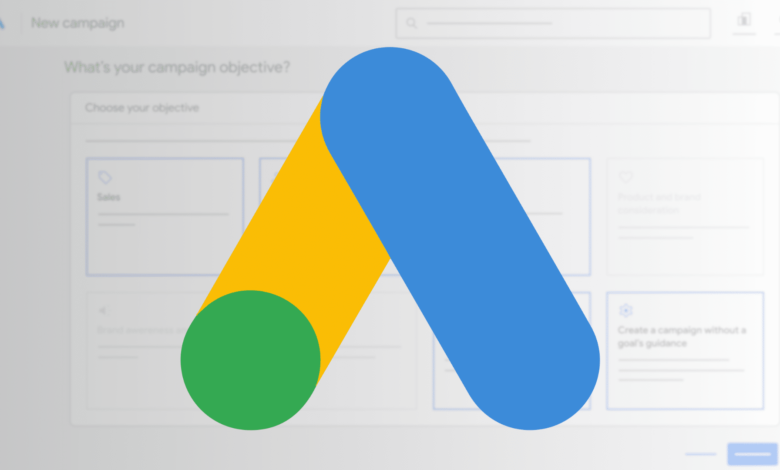2025: Changing Habits – The Things to Leave Behind, Embrace, and Maintain

In early 2025, a leader asked their team to recommend what they should stop, start, and continue doing to enhance collaboration within their organization. This exercise shed light on areas for improvement and sparked thoughts on applying the same framework to Google Ads to optimize clients’ programs. As Google Ads strategies evolve, it’s crucial to rethink optimization techniques that were once considered best practices. The complexity of optimization has increased, and there is no one-size-fits-all strategy for success in PPC.
A mindset shift is essential when it comes to Google Ads optimization. It’s about thinking critically, testing various methods, and analyzing results rather than blindly following traditional approaches. It’s important to understand that what may be considered a “bad” strategy now could potentially become a successful strategy in the future. With this in mind, let’s explore some recommendations for what to stop, start, and continue doing in terms of Google Ads optimization strategies in 2025.
### Keyword Strategies
#### Stop
– Avoid bidding on every variation of keywords that have converted in the past. This traditional strategy may no longer yield positive results and can even be detrimental if not followed up with proper analysis.
#### Start
– Streamline and narrow down keyword lists by using broad match for top converting keywords instead of adding endless variations.
#### Continue
– Continue questioning and testing different keyword strategies as there is no one-size-fits-all approach. Mastering keyword strategy is an ongoing learning process that varies across accounts.
### Performance Max Strategies
#### Stop
– Don’t give up on Performance Max campaigns at the first sign of spam leads. Some campaigns may require adjustments and communication with clients to optimize performance.
#### Start
– Communicate with clients to work through initial issues in Performance Max campaigns. Adjustments and collaboration can lead to successful campaign outcomes.
#### Continue
– Keep optimizing Performance Max campaigns by reviewing asset groups, mobile traffic, search terms, and treating them as a complement to Search campaigns.
### Audience-First Strategies
#### Stop
– Shift focus from obsessing over keyword variations to building an audience-first strategy. Align keywords with customer needs and business goals for a more effective approach.
#### Start
– Utilize first-party data to create audience lists, exclude irrelevant audiences, and focus on high-value conversions. A customer-centric approach can lead to significant improvements in campaign performance.
#### Continue
– Continue to leverage audience data to target prospective, past, and current customers effectively. By understanding customer segments and their search journey, you can tailor ad campaigns to meet their specific needs.
In conclusion, the key to successful Google Ads optimization in 2025 lies in continuous review, analysis, and adaptation of strategies. Every change made should be assessed for its impact on achieving the client’s business goals. By staying agile and proactive in optimization efforts, marketers can stay ahead in the ever-evolving landscape of Google Ads.
### FAQs
#### 1. Why is it important to rethink Google Ads strategies in 2025?
It’s essential to adapt to the evolving landscape of Google Ads and incorporate new optimization techniques to stay ahead of the competition.
#### 2. How can streamlining keyword lists benefit Google Ads campaigns?
By narrowing down keyword lists and focusing on top converting keywords, marketers can optimize their campaigns for better performance and relevance.
#### 3. What role does audience-first strategy play in Google Ads optimization?
An audience-first strategy focuses on understanding customer needs and aligning ad campaigns with their preferences, leading to more targeted and effective advertising.
#### 4. How can Performance Max campaigns be optimized for better results?
By reviewing asset groups, mobile traffic, and search terms, and treating PMax campaigns as a complement to Search campaigns, marketers can optimize performance and drive better results.
#### 5. Why is continuous testing and analysis crucial in Google Ads optimization?
Continuous testing and analysis help marketers understand what works and what doesn’t in their campaigns, allowing them to make data-driven decisions and improve performance over time.

